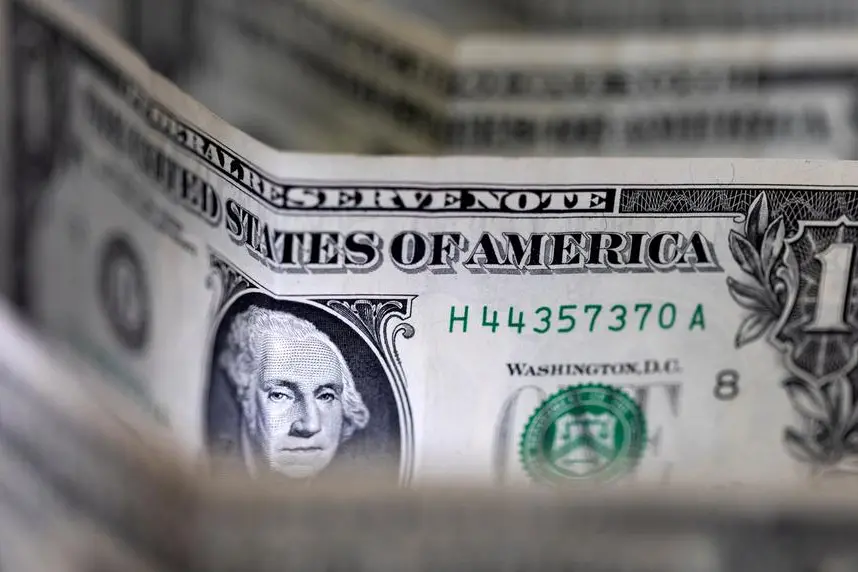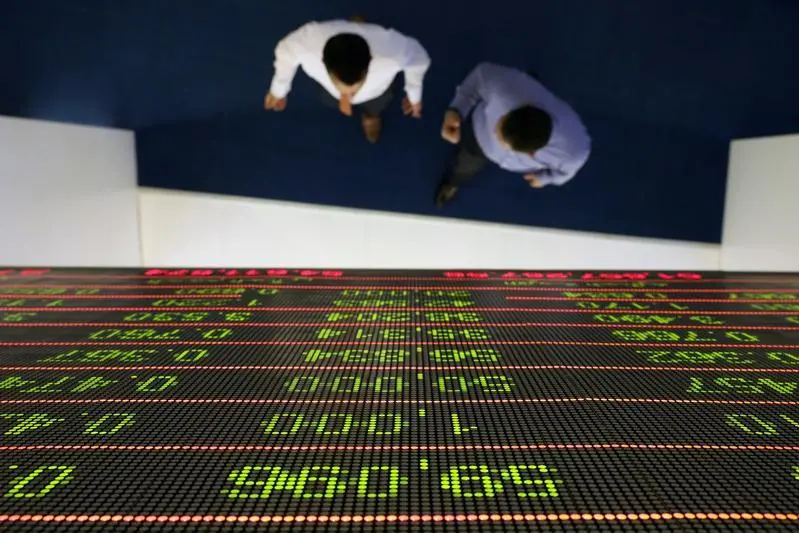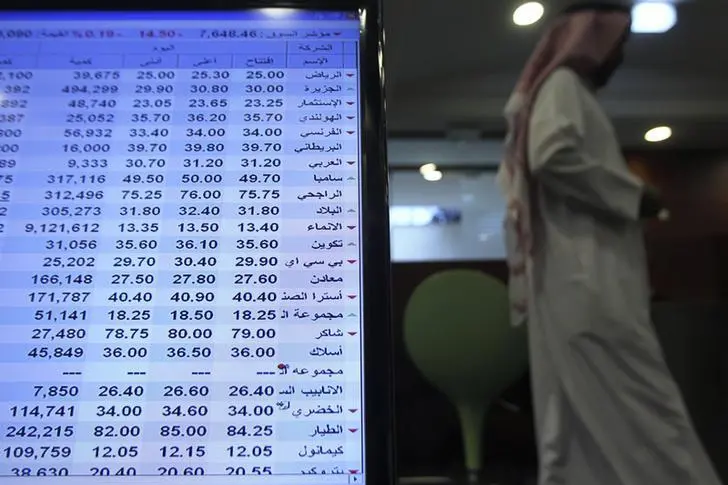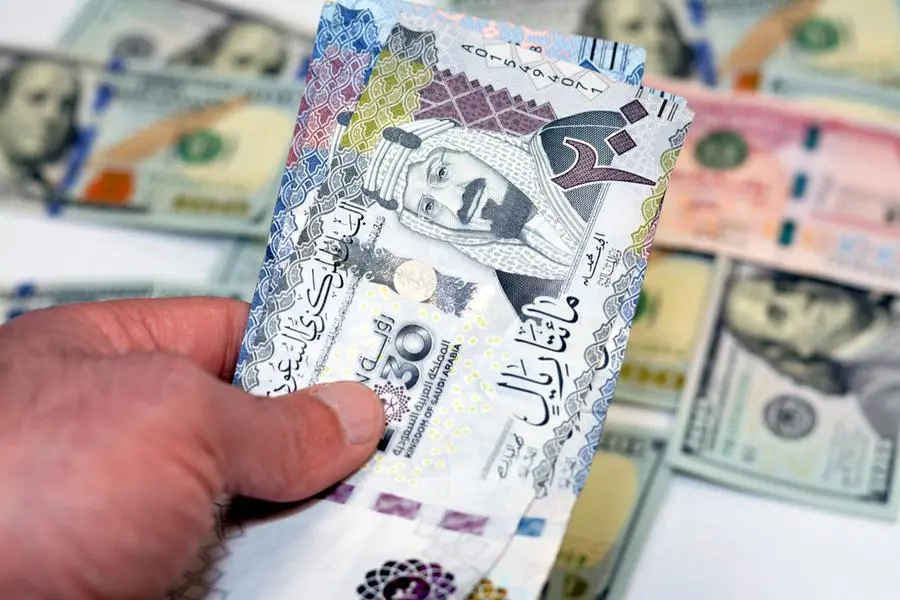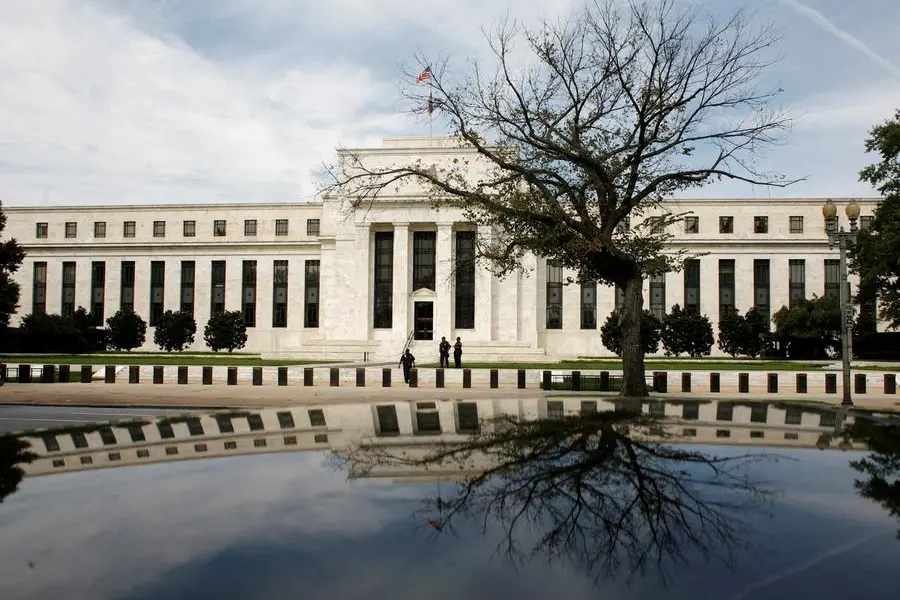PHOTO
LONDON - The dollar could do with some cheering up.
According to the 'dollar smile' theory developed by currency expert and now hedge fund manager Stephen Jen 20 years ago, the dollar typically appreciates both in times of great financial stress and great investor ebullience - but it sags in between.
That shape forms the 'smile' and knowing where the world is on that continuum at any given time can help global investors navigate often many competing narratives.
All makes sense intuitively. A dash for dollar cash and liquidity during credit crunches, falling asset markets or international crises is well observed. Similarly, the U.S. economy and stock markets tend to outperform during booms and draw in overseas investment that lifts demand for dollars.
What happens in between historically reflects the relative alacrity of the U.S. Federal Reserve in cutting interest rates, easing credit or even printing dollars in response to a shock that threatens recession over the horizon.
But it's not easy to identify just what part of the grin we're on at any given time.
The dollar's 3.75% drop since the failure of Silicon Valley Bank this month sparked a global banking shock that holed at least two other regional U.S. banks as well as the globally systemic Credit Suisse is a bit puzzling at first glance.
Surely times of great banking and credit stress should boost the greenback?
Looking back at the great financial crisis of 2008 as one reference, the dollar surged more than 10% between the collapse of Bear Stearns that March to the crash of Lehman Brothers in September - and then another 12% between that and yearend.
Could that still be on the cards? Or does the dollar slide around this month's bank shock tell us the two are not comparable?
Asset manager Schroders unpicked Jen's theory in a slightly different way and identified the dollar's mid-smile swoon as something of a reversal of U.S. asset market outperformance when the U.S. economy looks set for a lonely downturn.
"This is where we are today," reckoned Schroders portfolio manager Caroline Houdril and strategist Joven Lee this week. "We are potentially in a rare situation where the U.S. may enter a recession ahead of other countries. (But) historically, a recession in the U.S. is always followed by a recession in the rest of the world."
Their number crunch put average annualised returns for the dollar index at a negative 5.5% during periods in which the U.S. was in recession but a 30-economy sample of the rest of the world was not. However, average returns on the dollar during times when the U.S. and the rest of the world were contracting together were actually positive to the tune of 4.6%.
"As our economists are forecasting the U.S. economy to enter a recession before the rest of the world later in 2023, the dollar may be subdued until a time comes when global economies follow suit," they said.
NO LAUGHING MATTER
That may seem straightforward, but we've just been through a three-month period in which markets have lurched from assuming a 2023 U.S. recession to then pricing a 'no landing' rates scenario - and then back again this month. Over the same period, they've revised away a long-forecast euro zone recession and completely rethought China's economy on the sudden new year reopenings from strict COVID lockdowns.
Gauging cycles can be dizzying in this environment.
And now we face a bout of severe banking stress alongside stubbornly high inflation that had almost all major central banks raising interest rates again over the past week despite the pretty clear underlying credit stress.
One way of reading the dollar's behaviour is seeing the new banking stress as merely a culmination of the past 12 months of market turbulence and interest rate rises that's only now coming to an end. The DXY soared more than 20% during the first 9 months of 2022 after all - and has already reversed half of that.
The question is whether this is the beginning or the end of the squeeze. If it's the latter, then the Fed's tightening is near done - as the market reaction to the Fed's latest rate hike on Wednesday suggests - and rate cuts come next.
Another way to view that is to judge America's bank crisis - or at least its implications for small bank credit to local businesses that employ half the country's workforce - as far worse than in Europe, where smaller banks are more tightly regulated and the system seemingly better capitalized.
And if that's the case, then the rush to price the Fed's easing cycle - where historically the first cut has always come within six months of the last hike - is greater than in Europe.
Money markets now price a sharp crossover with the UK, for example, and see yearend U.S. policy rates 30 basis points lower than in Britain even though they are more than half a point higher at present.
Although much higher UK inflation plays a role there, perhaps the fallout from relative banking hits does too.
On the other hand, falling yields alone shouldn't necessarily undermine the dollar's haven status if they are driven by stress and that's the dominant factor as credit spreads widen. Two-year yields dropped 230 bp in the second half of 2008 but the dollar soared regardless.
JPMorgan's take on the stressed side of the dollar smile last week pointed out that "the underlying macro-financial pathology that necessitates lower yields is the primary determinant of dollar direction".
Clearly, the dollar smile is no laughing matter.
The opinions expressed here are those of the author, a columnist for Reuters.
(by Mike Dolan, Twitter: @reutersMikeD; Editing by Andrea Ricci)
